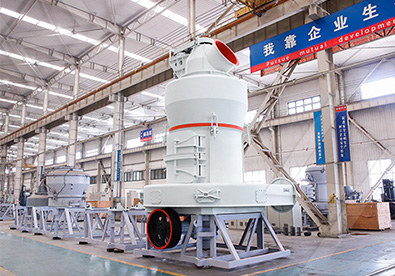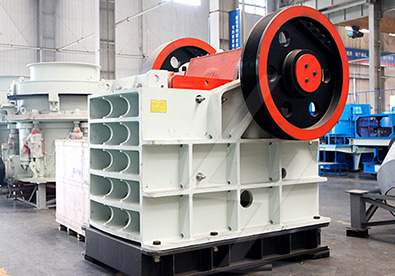Attritor Mills for Nanomaterials: Overview and Applications
Attritor mills (also known as stirred ball mills) are high-energy grinding systems widely used for producing nanomaterials through top-down mechanical milling. They are particularly effective in reducing particle size to the nanoscale (<100 nm) by intense shear and impact forces generated by grinding media.
—
Key Features of Attritor Mills for Nanomaterials
1. Mechanism:
– A rotating shaft with agitators stirs grinding media (e.g., zirconia, steel, or ceramic beads) to create collisions and shear forces.
– Efficient for wet or dry milling, with better control over particle size distribution compared to conventional ball mills.
2. Advantages for Nanomaterial Synthesis:
– High energy density: Suitable for hard-to-mill materials (e.g., metals, ceramics, composites).
– Scalability: Lab-scale to industrial production.
– Controlled environment: Can operate under inert atmospheres (e.g., Argon) to prevent oxidation.
– Uniformity: Produces nanoparticles with narrow size distributions.
3. Common Nanomaterials Produced:
– Metal nanoparticles (Al, Fe, Cu).
– Ceramic nanoparticles (SiO₂, TiO₂).
– Composite materials (e.g., graphene-reinforced metals).
– Mechanically alloyed nanomaterials.
—
 Critical Parameters for Optimization
Critical Parameters for Optimization
– Grinding media size: Smaller beads (~0.1–1 mm) enhance nanomaterial production.
– Rotational speed: Higher speeds increase energy input but may cause overheating.
– Milling time: Prolonged milling can achieve finer particles but risks contamination or agglomeration.
– Process control: Temperature, pH (for wet milling), and surfactants to prevent aggregation.
—
Applications of Attritor-Milled Nanomaterials
– Catalysis: High-surface-area nanoparticles improve reaction efficiency.
– Energy storage: Electrode materials for batteries/supercapacitors.
– Coatings & pigments: Uniform dispersion of nano-pigments.
– Biomedical: Drug delivery carriers, antibacterial agents.
—
 Challenges
Challenges
– Contamination from wear of grinding media/reactor walls.
– Agglomeration due to high surface energy of nanoparticles.
– Energy-intensive process for large-scale production.
—
Leading Manufacturers
1




